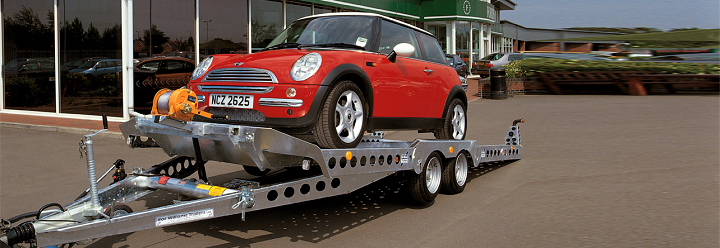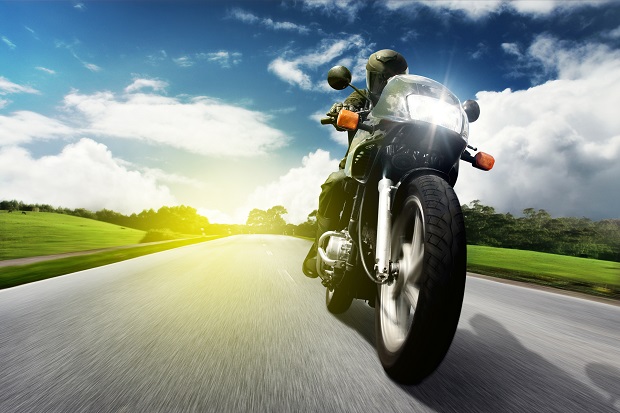How Car Trailing Is Done: Transport Your Vehicle Safely
Safety is the most important thing when transporting a large load such as a car from one place to another. Some more commonly used car trailers are the tilt car, open car, enclosed car, single and gooseneck trailers. But no matter which type of car trailer is used, towing cars is no easy task since a heavy load is being transported on the motorway which can throw anything at you. Plus, if anything goes wrong, you can be faced with expensive damage, especially if you’re dealing with exotic or classic cars.

This why besides exploring the range of sturdy and reliable car trailers, you also need to be informed on how to properly execute this task. Here is a quick guide on how to trailer a car safely.
Preparation Stage
1. The first step when towing a car is to inspect the trailer itself so that everything’s in order. Before anything else is done, the floor, down rings and track system of car trailers are checked so that if something is loose or shifts it can get sorted out before anything dangerous happens. The down rings and tracks can be prone to breaking and if that happens, the load (your car) can shift thus make the haulier lose control over the towing vehicle.
2. After everything is inspected, the haulier parks the car and trailer in line with each other on a level surface. The parking brake is engaged on the vehicle that will be towed and then the vehicle towing the car is coupled with it. When the car is coupled to the towing vehicle, both the coupler and safety chains are checked to ensure they are securely mounted to the towing vehicle.
3. Once all this is done, the haulier goes on to load the car onto the towing vehicle. First, the stabilisers are lowered or some blocking is placed under the back end of the towing vehicle. Then, the ramps are removed from their storage positions and are secured to the end of the towing vehicle. The haulier will adjust their position when needed to ensure they stay aligned during the loading of the car.
4. The car is then driven up the ramps slowly until about 60% of the car’s weight is over the front half of the trailer. When the car is in that position it’s then put in park and towed that same way. Straps are put on the tires of the car to secure it to the car trailer which is done with the help of tensioning devices.

How To Strap Down a Car to a Trailer?
1. Usually, the first thing a haulier will do is get an over-the-wheel strap and place it close to the tire. Some car trailers will have the straps secured to the frame and others will come with slots on the surface to secure the strap to. The strap is lined up to the thread of the tire with no slack. When the other end of the strap is secured to the trailer it’s tightened with a tensioning device until it pulls the tire to the surface of the trailer.
2. Next, a lasso strap is added and it goes behind and around the tire. Then, it’s tensioned usually with some towels being put between the strap and the rim to protect the latter from getting damaged. Although it’s not always the case, sometimes one more lasso strap is added, tensioned in the opposite direction from the previous one. This is done on all four wheels in case the brakes are engaged which will prevent the car from moving.
What to Pay Attention to Throughout the Trip?
Mirrors
Having a glimpse at what’s going on behind is crucial when dealing with large loads which is why hauliers should have special towing mirrors in place.These extend further than your regular side mirrors and hauliers tend to check them more often than you usually do the regular mirrors. They also allow the haulier to check what’s going on to the sides and are the best solution when it comes to trailers that otherwise block the whole view at the back.
Brakes
Braking when trailing should be done much more in advance – this whole trip consists of a lot more planning than your regular trip around town. Towing vehicles usually have separate braking systems to reduce the amount of strain being put when everything is done using the braking system in the vehicle itself. This separate system, like the mirrors, is engaged more often since a haulier also needs to mind the speed at which he is transporting your car.
Speed
The speed at which a haulier is going to be moving the vehicle should be far slower too. Not only because there is a heavy load, but also because this way the haulier has time to avoid slamming the brakes and prevent accidents. Taking it slow is a haulier’s way of doing things which is how trailing is done for the most part.






